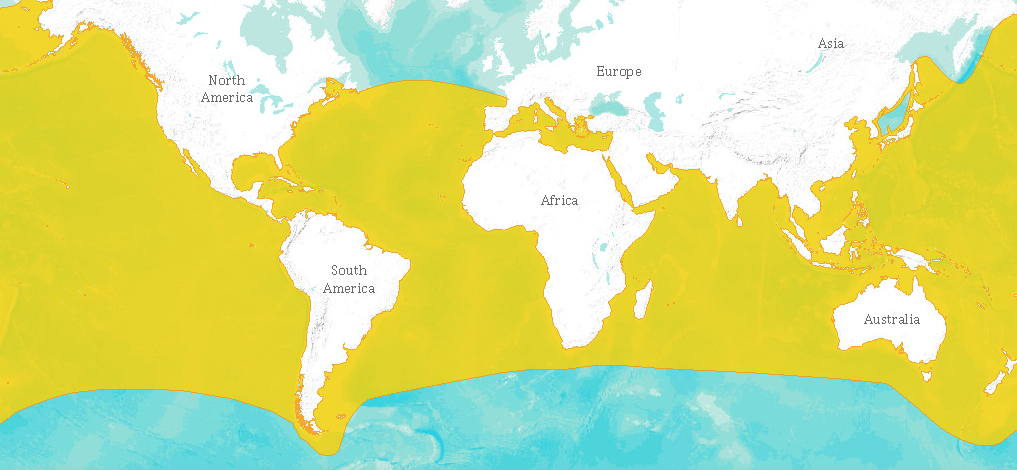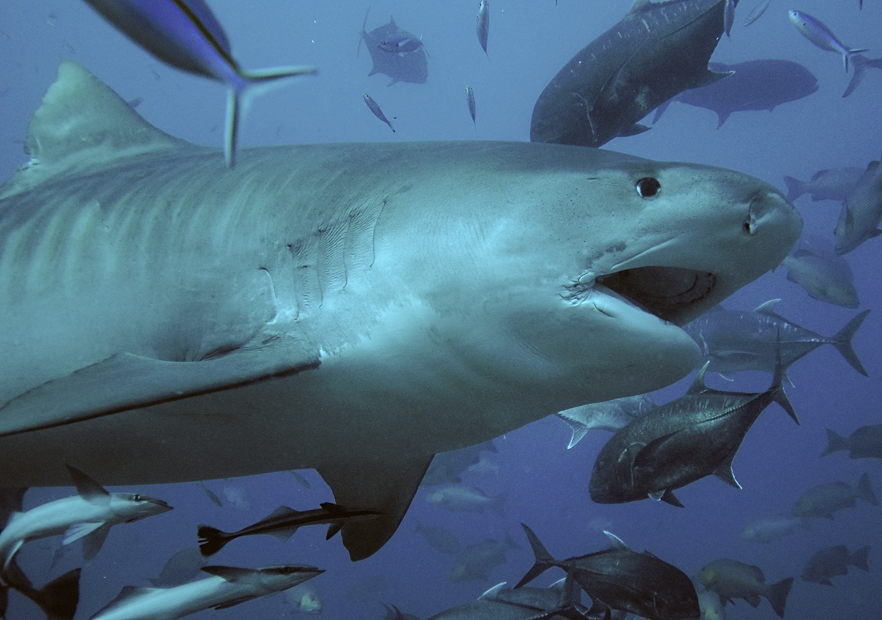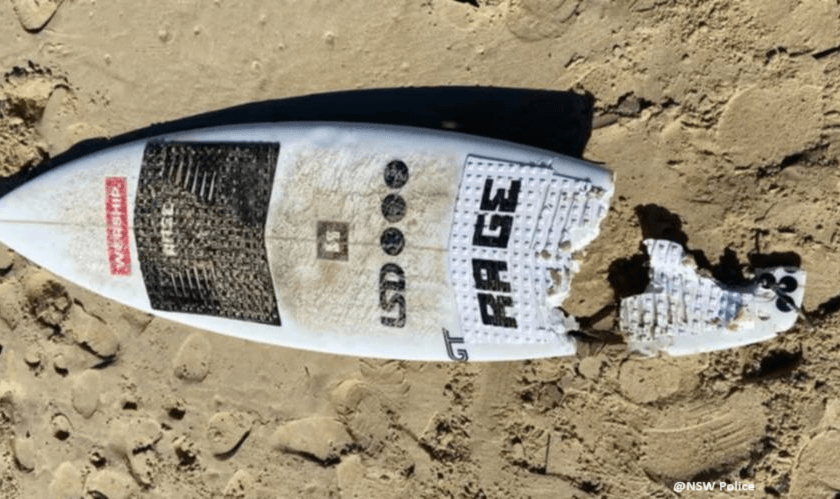Sharks in the UK part 2: Every where in the world, when people think of sharks, the first image that comes to the forefront of the imagination is the Great White. It is no different for us in the UK. So it’s no surprise that a common question is “does the UK have Great White sharks?” At the very least, it’s worth wondering if they are occasional visitors.
It is a question shark enthusiasts, both professional and amateur have been asking for many years. Once upon a time, not long ago, the answer would have been a prompt and irrefutable no!. However as research continues and we learn more about the world’s most famous shark, the question now seems to be “why wouldn’t there be Great Whites here?” As I began digging for evidence and searching for the expert’s theories, it seems that majority do not want to pin their flag to a definitive yes or no.
So why is there doubt? Lets look at the facts and see where they guide us.
The obvious place to start would be, have Great White sharks been sighted in the UK?
It is not uncommon for fisherman, oil rig workers and other people that work at sea to report seeing a “great white” but of course we have to consider the possibility of mistaken identity.
In the UK we have large predatory sharks of the Lamnidae/mackerel shark family that are closely related the Great Whites, porbeagle and mako are also common. It’s not hard to suspect the possibility that the shock of seeing a large porbeagle could lead to misidentifying it as a great white. Also, it’s not beyond possibility that a 6-foot shark can appear to be much larger when seen up close (not that I would suggest fishermen are prone to exaggerate….)

The next questions we could ask “Is the environment right for the great white, isn’t the water too cold? We used to believe so, but we now know that Great Whites are more than comfortable in cold waters. Being endothermic, great whites have the ability to maintain their body temperature for peak performance in cold seas. We know great white sharks are common in the southern oceans of Australia where the ocean temperatures can be almost Antarctic at times.
Perhaps the greatest evidence to support this is the adventures of Lydia, a tagged great white shark that spent many weeks cruising the North Atlantic ridge just 1000 miles from the coast of Cornwall, and as any child that spent their holidays on the west coast of England knows, the Atlantic is bloody cold. Although Lydia did travel far across the North Atlantic, she never actually made it into Uk waters, instead heading down towards South America
Maybe you would like to know what they would eat or would there be enough food for Great white sharks? Well let’s start with what we know about the great whites feeding habits. The favored foods of the Great White are porpoises,dolphins, fish, seabirds, seals, rays and others sharks. So would there be anything in UK waters that could tickle a Great Whites taste buds? The answer is a resounding yes, plenty of it! The UK has great numbers of seals, porpoises, sharks and other large fish
But isn’t it too far to travel? Thanks to tagging and the fantastic research of marine biologists and oceanographers, we no longer consider Great Whites to be strictly coastal predators. It’s become clear that great white sharks are certainly not shy when it comes to going on a journey. It’s not uncommon for Great whites to travel thousands of miles across vast oceans. One notable example, being Nicole a tagged Great white traveled 11,000 miles from Australia to South Africa in less than 9 months.
In my lifetime, it was once believed that great whites were not found in the Mediterranean, now we know that they are often found there in pretty healthy numbers. Relatively speaking, in global terms, the Mediterranean is the UK’s next door neighbor.

While the hard evidence is yet to be seen, or maybe has just been missed/disregarded, we can only speculate based on what we already know.
- We know the there is plenty of food for them
- We know the cold UK waters are well within Great whites operating range
- We know Lydia came close
- We know That the great white hot spots of the Mediterranean are within traveling distance
As we learn more and more about the world’s most famous shark, the more it surprises us. What we once believed to be gospel is regularly being proven to be myth.
I have no doubt that the possibility of Great Whites visiting us in blighty is a hugely dividing subject, but as more and more are being tagged, maybe one day we will know for sure. In the meantime, we can only stick to what we believe.
I know what I believe. But then again, maybe it’s just wishful thinking.
![]()
What do you think? Let us know in the comments below.
Steve Smith
Follow Mr. Smith on Twitter @ReverendBiz
Related: Sharks and the UK part 1 and Was it worth it? 172 sharks culled



Comments are closed.